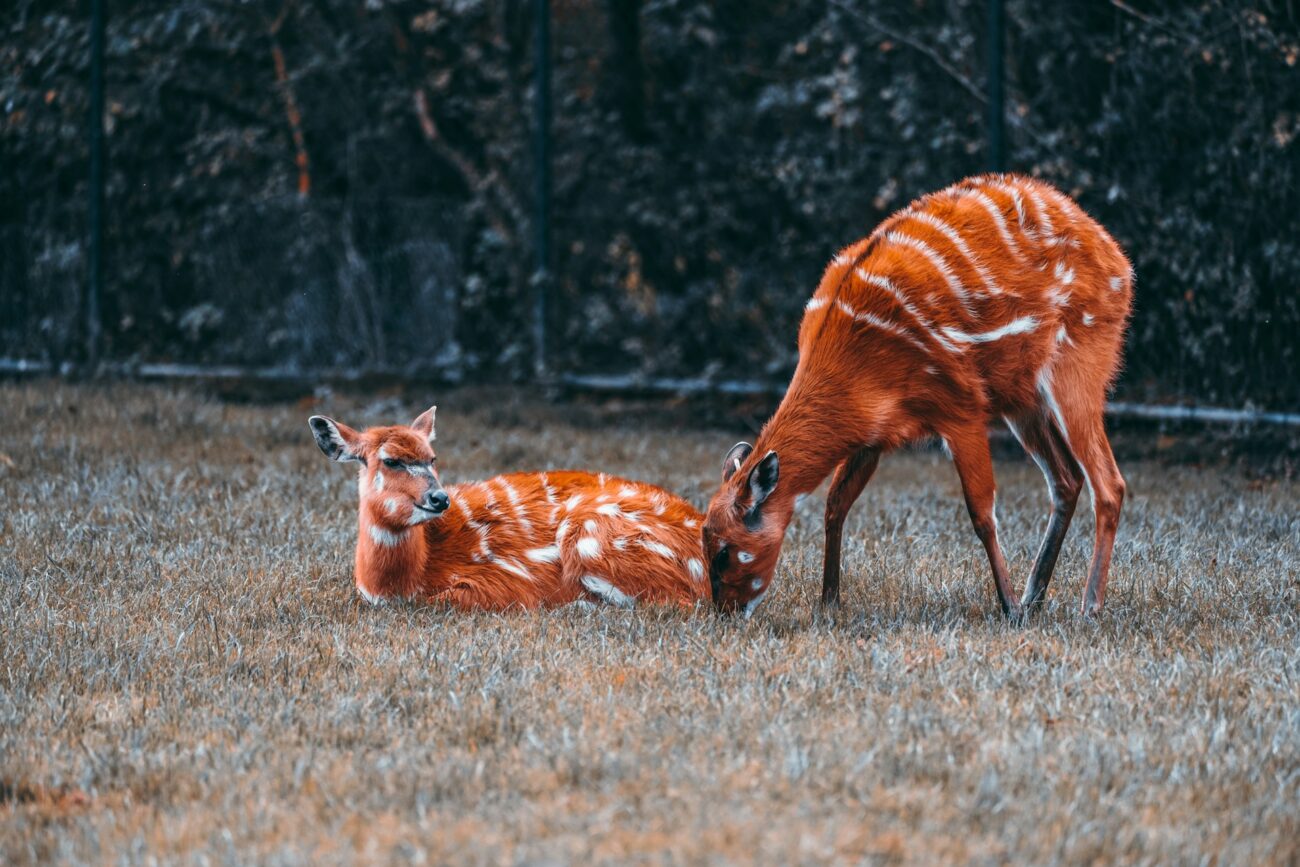Wildlife photography has emerged as one of the most captivating and rewarding forms of photography, allowing us to document the beauty, behavior, and essence of animals in their natural habitats. However, with this privilege comes great responsibility. As more people venture into natural spaces armed with cameras, understanding ethical practices becomes crucial not just for the wellbeing of wildlife, but for the preservation of their habitats and the integrity of the photographic community.
This article explores the essential ethical considerations every wildlife photographer should embrace, from preparation to post-processing, ensuring that our passion for capturing amazing images never comes at the expense of the very subjects we admire.
Understanding the Impact of Your Presence

Every time we step into a natural habitat, we create ripples of disturbance that affect wildlife, whether visible to us or not. Animals may alter their behavior in subtle ways—pausing feeding, becoming vigilant, or even abandoning nests temporarily—all of which can have energy costs for them. Stress hormones can increase in animals when humans are present, even when they don’t visibly flee or appear disturbed.
Understanding these impacts requires photographers to develop awareness beyond just getting the shot, observing subtle behavioral changes that signal discomfort. By acknowledging our role as visitors in their homes, we begin the essential practice of ethical wildlife photography with the right mindset—one of respect and minimal intrusion.
Research Before You Shoot
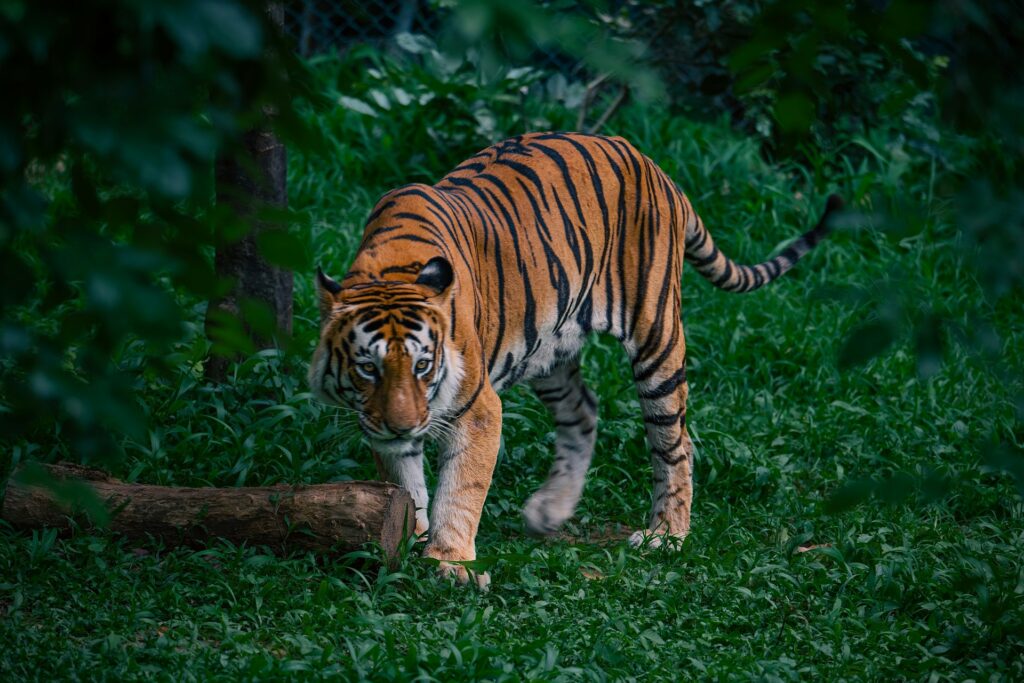
Thorough research represents the foundation of ethical wildlife photography and significantly enhances your chances of meaningful encounters. Before visiting a location, study the species you hope to photograph, learning about their behavioral patterns, sensitive periods (like breeding or nesting seasons), and specific vulnerabilities. Understanding an animal’s body language allows you to recognize signs of stress, preventing unintentional harassment during your shoot.
Local wildlife authorities, established photographers in the area, and scientific resources can provide invaluable information about approach distances and techniques specific to the species you’re targeting. This preparation not only demonstrates respect for wildlife but also dramatically increases your odds of capturing compelling, natural behavior rather than disrupted or defensive actions.
The Rule of Minimal Disturbance
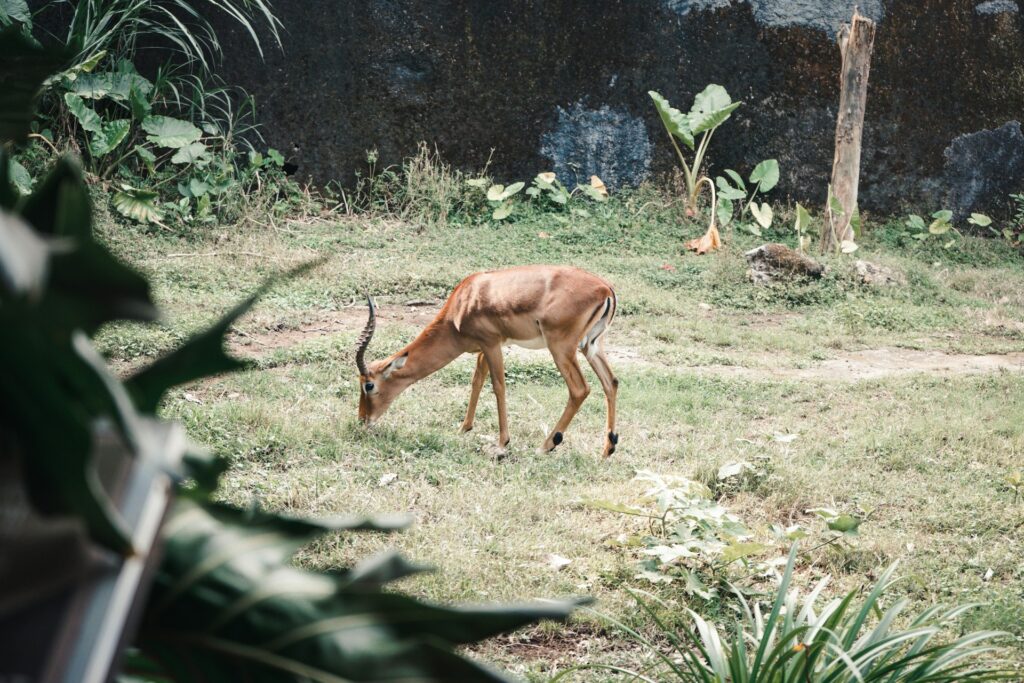
The cornerstone principle of wildlife photography ethics is to leave animals and their environments as undisturbed as possible. This means maintaining appropriate distances—which vary by species, habitat, and circumstances—and using telephoto lenses rather than encroaching on an animal’s space. Reading behavior becomes essential; if an animal stops its natural activities, looks alarmed, or begins moving away, you’ve likely crossed a boundary and should immediately back off.
Movement should be slow, deliberate, and non-threatening, avoiding direct approaches that could trigger defensive responses. The most compelling wildlife images capture natural behavior, not reactions to photographer presence, making minimal disturbance not just ethical but aesthetically beneficial. Remember that the perfect shot never justifies causing stress or altering behavior.
The Ethics of Baiting and Calling
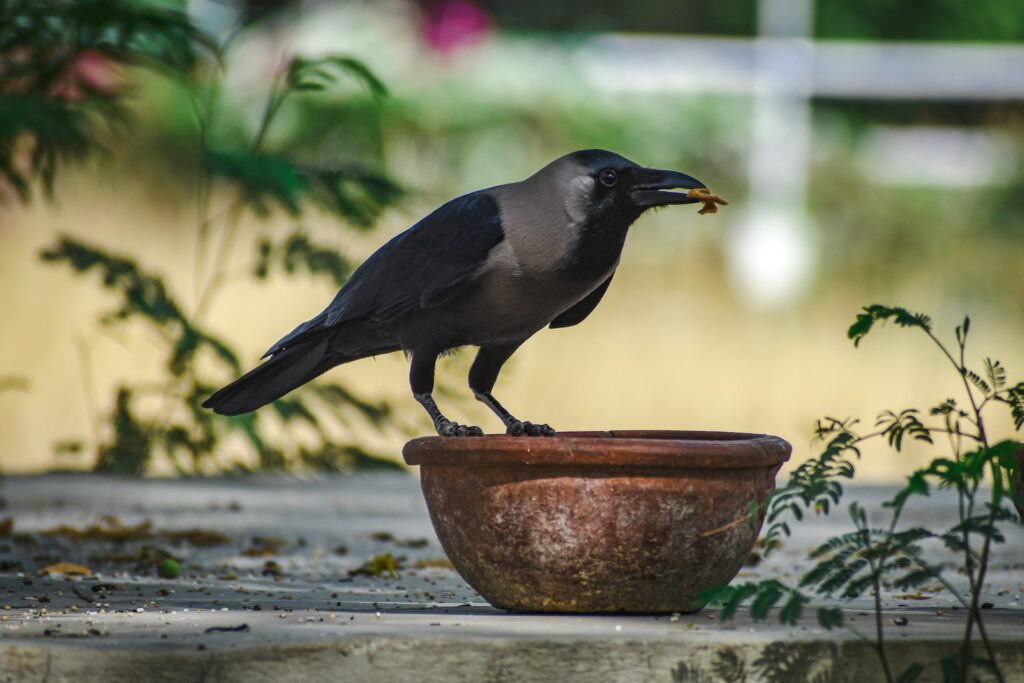
Baiting (offering food to attract wildlife) and calling (using sounds to draw animals closer) represent some of the most controversial practices in wildlife photography. While they can create spectacular close-up opportunities, these methods carry significant ethical concerns. Baiting can disrupt natural foraging patterns, create unhealthy dependencies, and potentially expose animals to inappropriate foods. Animals attracted to human food sources may lose their natural wariness, increasing vulnerability to predators or conflicts with humans.
Wildlife calling during breeding seasons can distract animals from essential activities like territory defense or courtship. In many locations, these practices are explicitly illegal, particularly for sensitive or protected species. Before considering these techniques, research local regulations, consult conservation authorities, and honestly evaluate whether your desire for a certain image justifies potential ecological disruption.
Respecting Protected Areas and Regulations
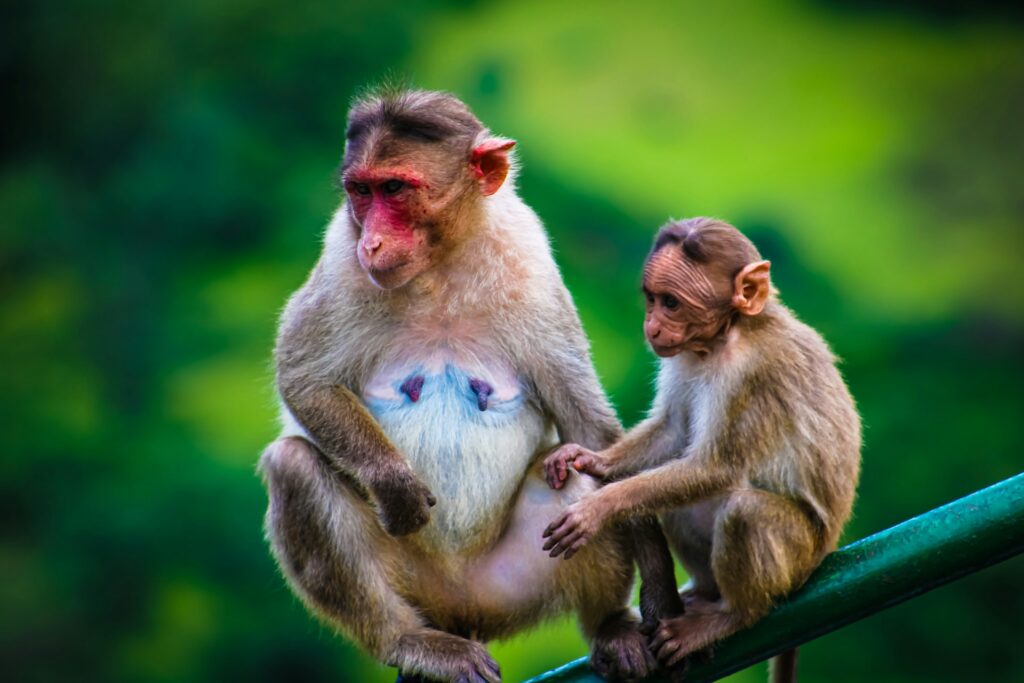
Protected areas exist with specific regulations designed to safeguard wildlife and habitats, requiring photographers to become familiar with and strictly adhere to these rules. Before visiting any natural area, research permits, access restrictions, off-limit zones, and specific wildlife approach guidelines established by managing authorities. Many locations prohibit off-trail hiking, limit visitation hours, or restrict photography during sensitive breeding periods—regulations that may seem inconvenient but serve critical conservation purposes.
Remember that wildlife photography privileges should never supersede conservation priorities. Violations not only harm wildlife but damage the reputation of all photographers and may lead to further restrictions limiting access for everyone. When visiting sensitive areas, consider joining authorized photography tours where guides ensure compliance with all protective measures while still facilitating meaningful encounters.
The Truth About Captive Wildlife Photography
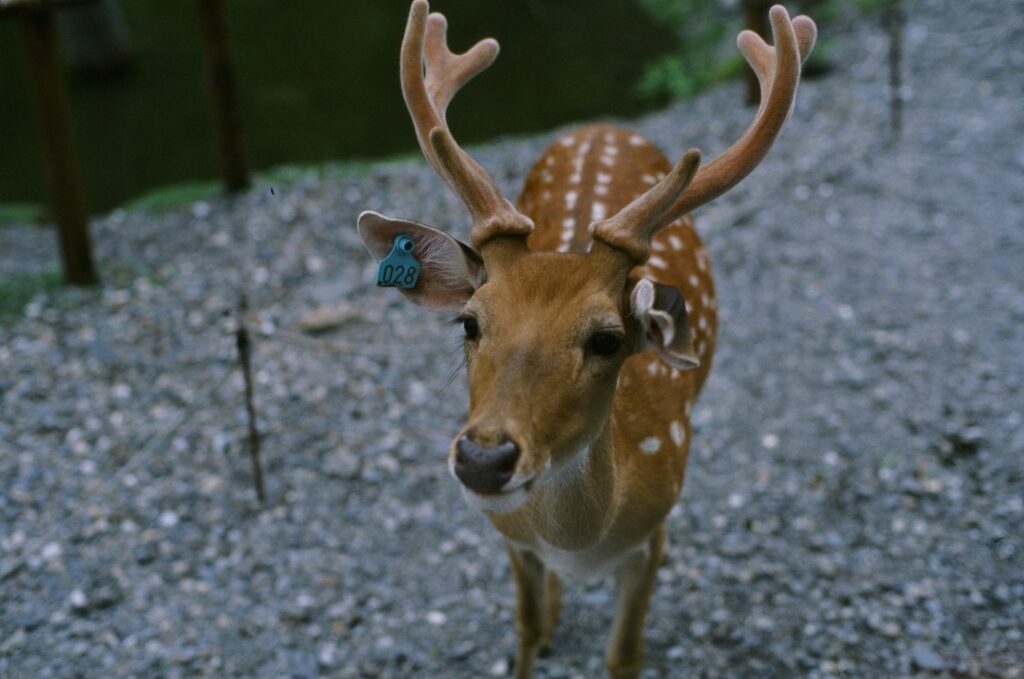
Photographing captive wildlife presents a complex ethical landscape that requires careful consideration and transparency. While legitimate wildlife sanctuaries and conservation centers provide opportunities to photograph animals that would be nearly impossible to document in the wild, especially rare or endangered species, ethical issues arise when such images are presented as wild encounters. Game farms that rent wildlife models specifically for photography raise particular concerns, as these operations sometimes prioritize photographer access over animal welfare.
When sharing captive wildlife images, honesty about the circumstances is essential—misrepresenting captive settings as wild undermines the work of photographers who invest time and patience in authentic wild encounters. Before visiting a facility, research its reputation, welfare standards, and conservation contributions to ensure your photography supports ethical animal management rather than exploitative practices.
Digital Ethics: Truth in Post-Processing
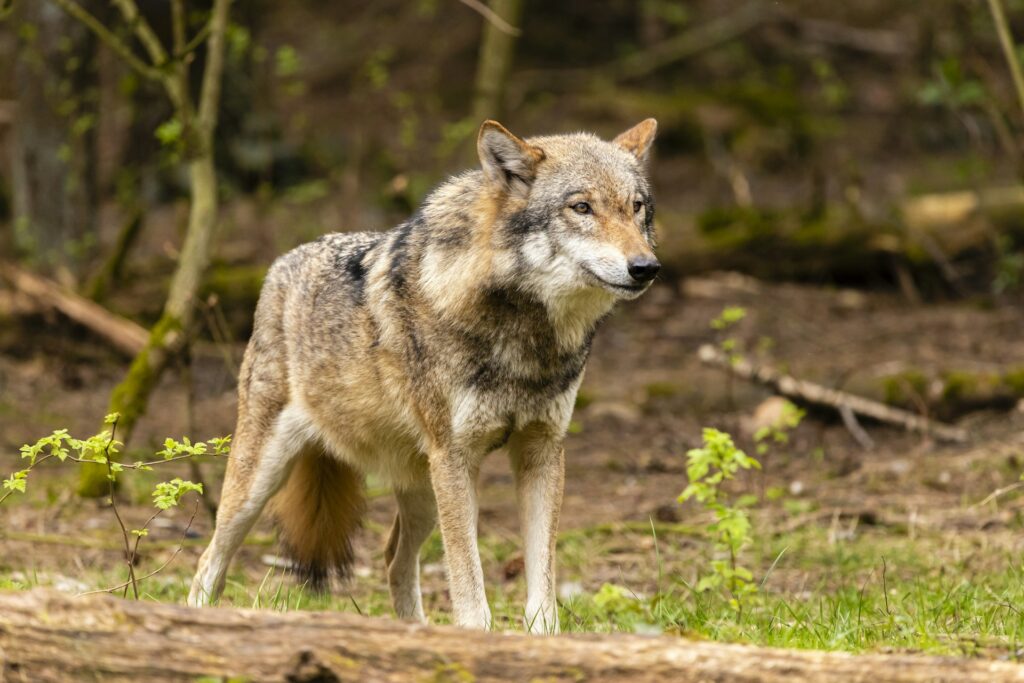
The digital darkroom offers powerful tools that can enhance wildlife images, but ethical boundaries should guide their use to maintain the integrity of wildlife photography. Basic adjustments to exposure, contrast, sharpness, and cropping are generally considered acceptable enhancements that don’t misrepresent reality. However, adding or removing elements, dramatically altering colors beyond natural appearance, or extensively manipulating animal features crosses into misrepresentation territory.
Digital composites that combine elements from different images should always be clearly disclosed as such, particularly when they portray animal behaviors or interactions that didn’t actually occur. The ethical standard involves maintaining the essential truth of the encounter while respecting viewers’ expectations that wildlife photography documents real moments in nature. When in doubt, transparency about significant alterations maintains your credibility as a wildlife photographer.
The Social Media Responsibility
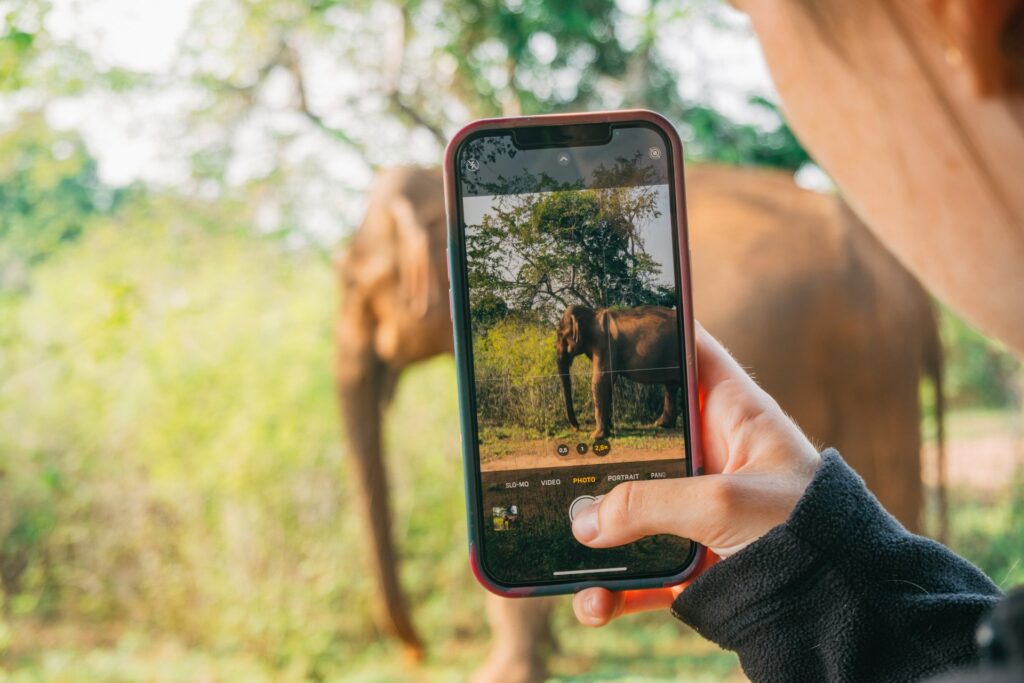
Social media has transformed wildlife photography from a solitary pursuit into a globally shared experience, creating both opportunities and ethical challenges. When posting wildlife images, consider the potential impact of sharing specific locations of sensitive species, particularly those vulnerable to collection, harassment, or habitat degradation from visitor pressure. Many photographers now deliberately obscure locations of nests, dens, or rare species, using general geographic references rather than precise coordinates.
The context provided with images shapes public perception—explaining the circumstances of a photograph, including use of blinds, distance maintained, or special permissions obtained demonstrates ethical transparency. Additionally, social media offers a platform to educate viewers about conservation concerns facing photographed species, transforming beautiful images into powerful advocacy tools. Responsible sharing extends the ethical principles from field to followers.
Working with Local Communities
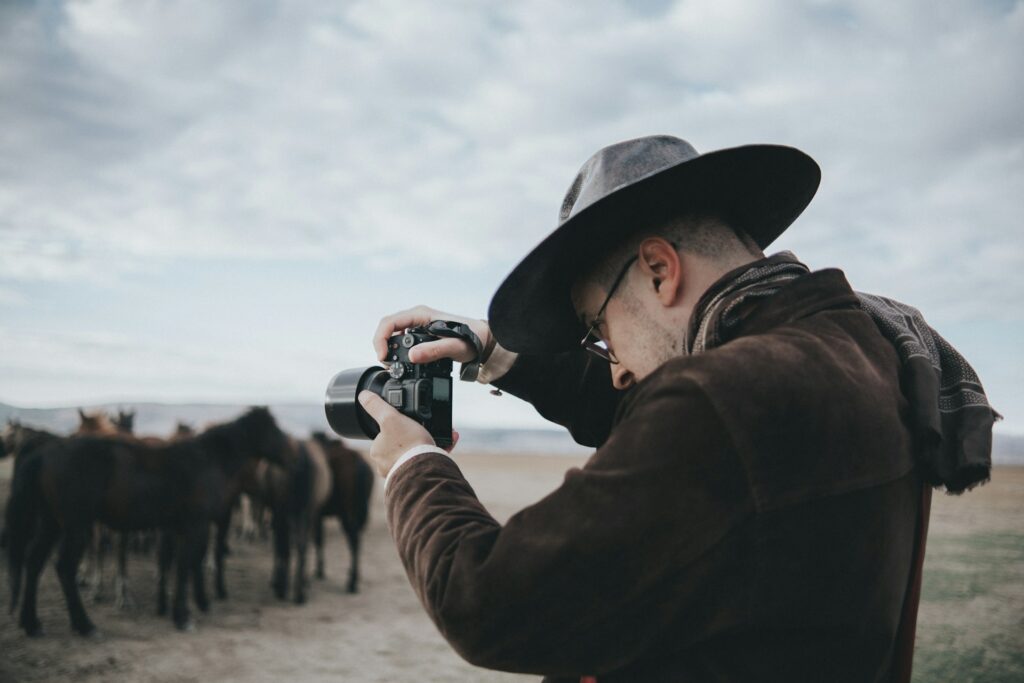
Wildlife habitats often overlap with areas where people live and work, making relationships with local communities an essential dimension of ethical wildlife photography. Respecting private property boundaries, seeking permission before entering traditional lands, and understanding local customs regarding certain animals demonstrates cultural sensitivity. Local knowledge often proves invaluable for finding wildlife ethically, as residents understand seasonal patterns and appropriate viewing locations.
When possible, contribute to local economies by hiring guides, staying in community-owned accommodations, or purchasing locally-produced goods, ensuring your photography creates positive economic incentives for wildlife conservation. Building genuine relationships rather than treating communities merely as gateways to wildlife creates sustainable, mutually beneficial photography opportunities while supporting those who live alongside the animals we photograph.
Special Considerations for Endangered Species
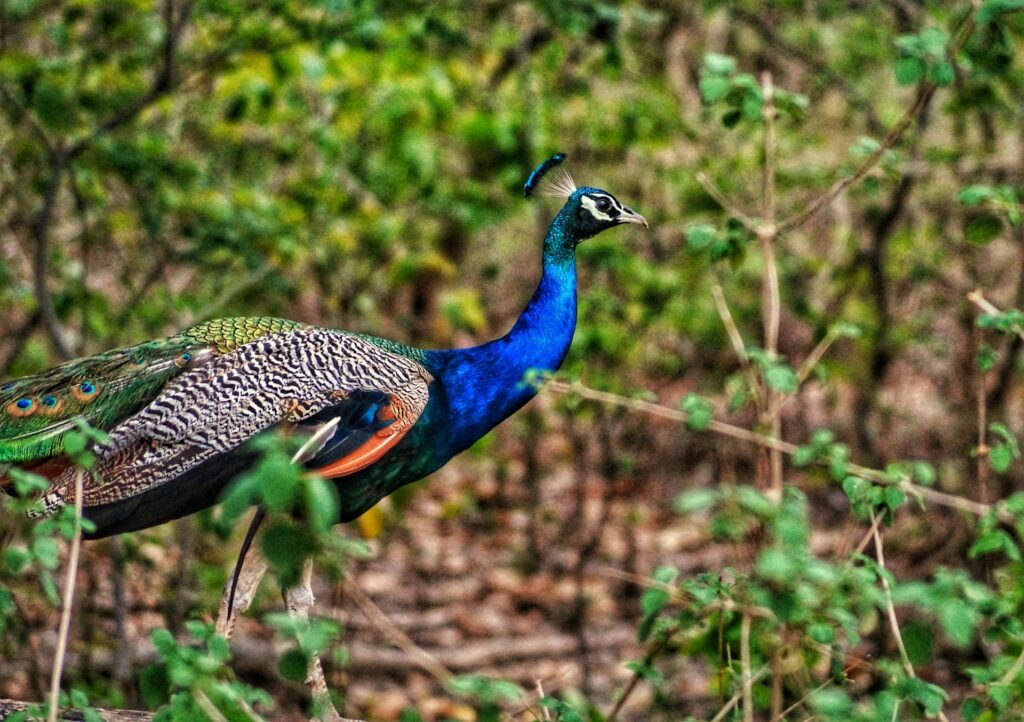
Photographing endangered species carries heightened ethical responsibilities due to their vulnerability and the potential conservation impact of the resulting images. Before approaching rare or threatened wildlife, research their specific sensitivities, legal protections, and conservation challenges to inform your approach. Many endangered species have strict legal protections regarding disturbance, requiring special permits or mandating greater minimum distances than common species.
The potential conservation value of images showing endangered species in their natural habitats must be balanced against the risk of adding stress to already challenged populations. When sharing such images, providing accurate conservation information creates awareness that may benefit the species. Some photographers partner directly with conservation organizations, contributing images that support scientific documentation, public education, or fundraising initiatives for endangered species protection.
Ethical Use of Blinds and Hides
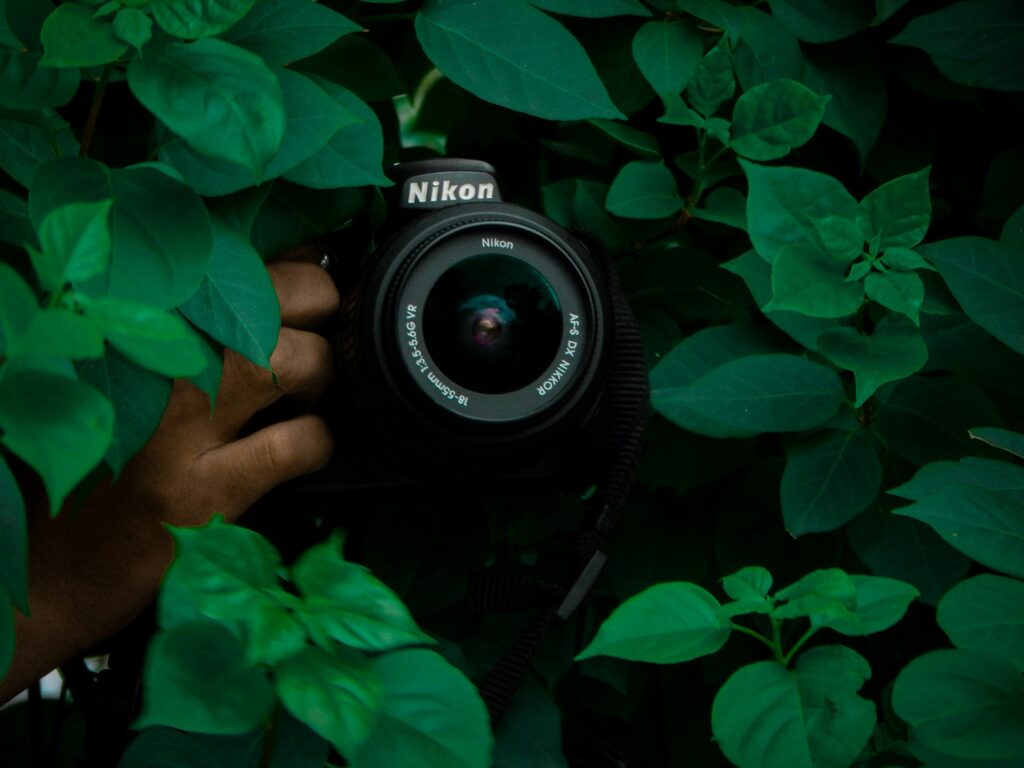
Photography blinds and hides represent valuable tools for ethical wildlife photography when properly implemented. These structures allow photographers to observe and document natural behavior while remaining hidden from their subjects, minimizing stress and disturbance. Properly placed blinds should be installed well before photography sessions, giving animals time to acclimate to their presence in the landscape. The location should avoid disrupting essential travel corridors, feeding areas, or nesting sites.
Commercial or public blinds in managed wildlife areas typically offer the most ethical option, as they’ve been positioned with wildlife welfare in mind. When creating temporary personal blinds, use natural materials that blend with surroundings and remove all traces when finished. The patience required when using blinds—sometimes waiting hours for meaningful encounters—embodies the respectful approach central to ethical wildlife photography.
Continuous Learning and Community Standards
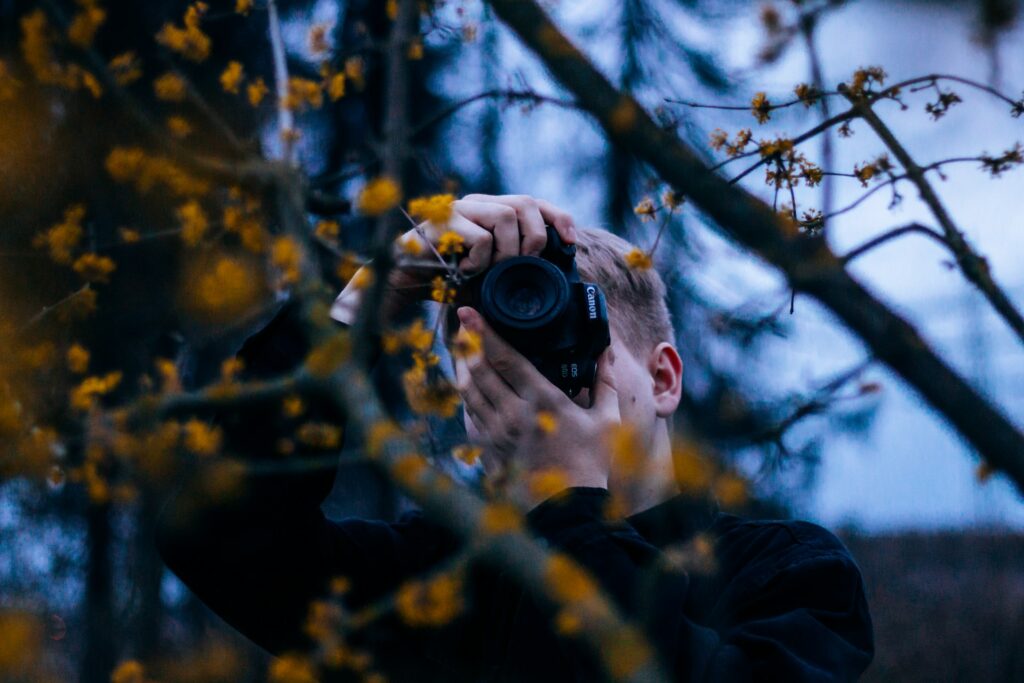
Ethical wildlife photography represents an evolving field rather than a static set of rules, requiring ongoing education and community engagement. As scientific understanding of wildlife disturbance improves, conservation priorities shift, and new technologies emerge, ethical standards necessarily adapt. Joining wildlife photography organizations, participating in workshops focused on ethical practices, and following the work of conservation photographers provides continuous learning opportunities.
When witnessing questionable practices in the field, consider respectful education rather than confrontational approaches, recognizing that many newcomers simply lack awareness rather than intention to harm. By mentoring others and sharing ethical approaches, experienced photographers help establish community standards that protect wildlife. The willingness to question and refine your own practices, even after years of experience, demonstrates the commitment to improvement that characterizes truly ethical wildlife photography.
Conservation Through the Lens

At its highest expression, ethical wildlife photography transcends documentation to become a powerful conservation tool that benefits the very subjects portrayed. Many wildlife photographers evolve from simply capturing beautiful images to using their work to highlight conservation challenges, habitat loss, or species decline. Building relationships with conservation organizations, scientists, and advocacy groups can transform compelling images into educational resources, fundraising tools, or evidence supporting protection initiatives.
Even without formal partnerships, thoughtfully presented wildlife photographs that demonstrate natural behavior in intact habitats foster emotional connections between viewers and species they might never encounter personally. This connection often inspires conservation support, demonstrating how ethical photography creates a virtuous circle—respecting wildlife during capture while ultimately contributing to their protection through the resulting images.
Conclusion
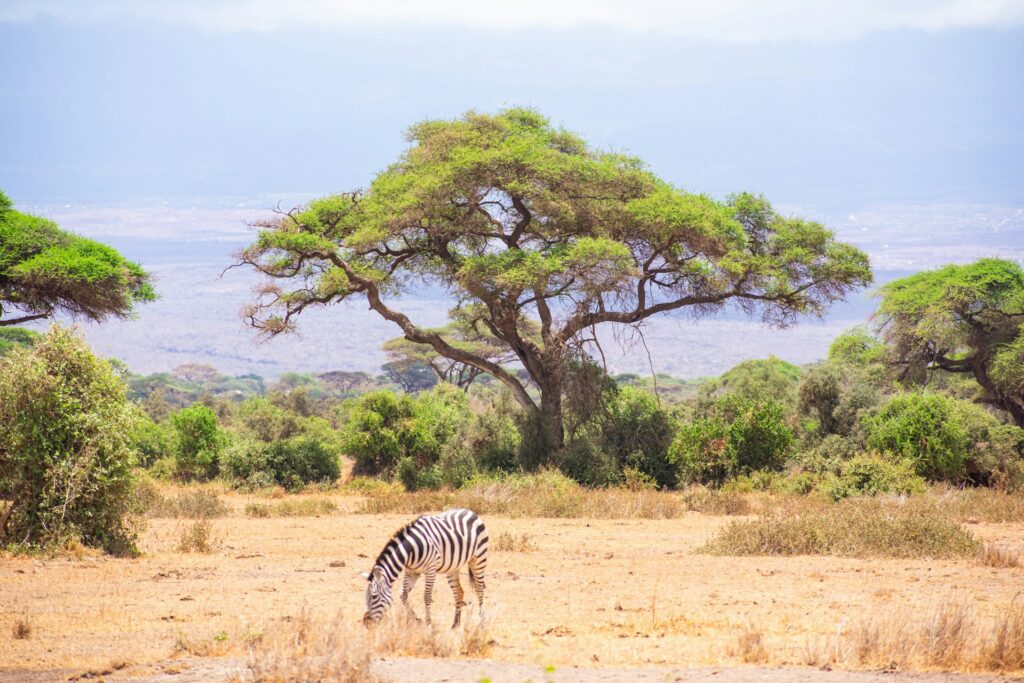
The ethical wildlife photographer embodies a unique blend of artist, naturalist, and conservationist, guided by the principle that the welfare of subjects always takes precedence over the desire for spectacular images. By embracing these ethical guidelines, photographers not only protect wildlife but often find their work becomes more authentic, compelling, and meaningful. The patience and respect required by ethical approaches typically rewards photographers with intimate glimpses into natural behavior that rushed or intrusive techniques rarely capture.
As adventurers with cameras, we carry the responsibility to document wildlife with integrity, tell their stories honestly, and use our images to foster appreciation for the natural world. In doing so, we ensure that wildlife photography remains a force for conservation rather than an additional pressure on already challenged species and habitats.

